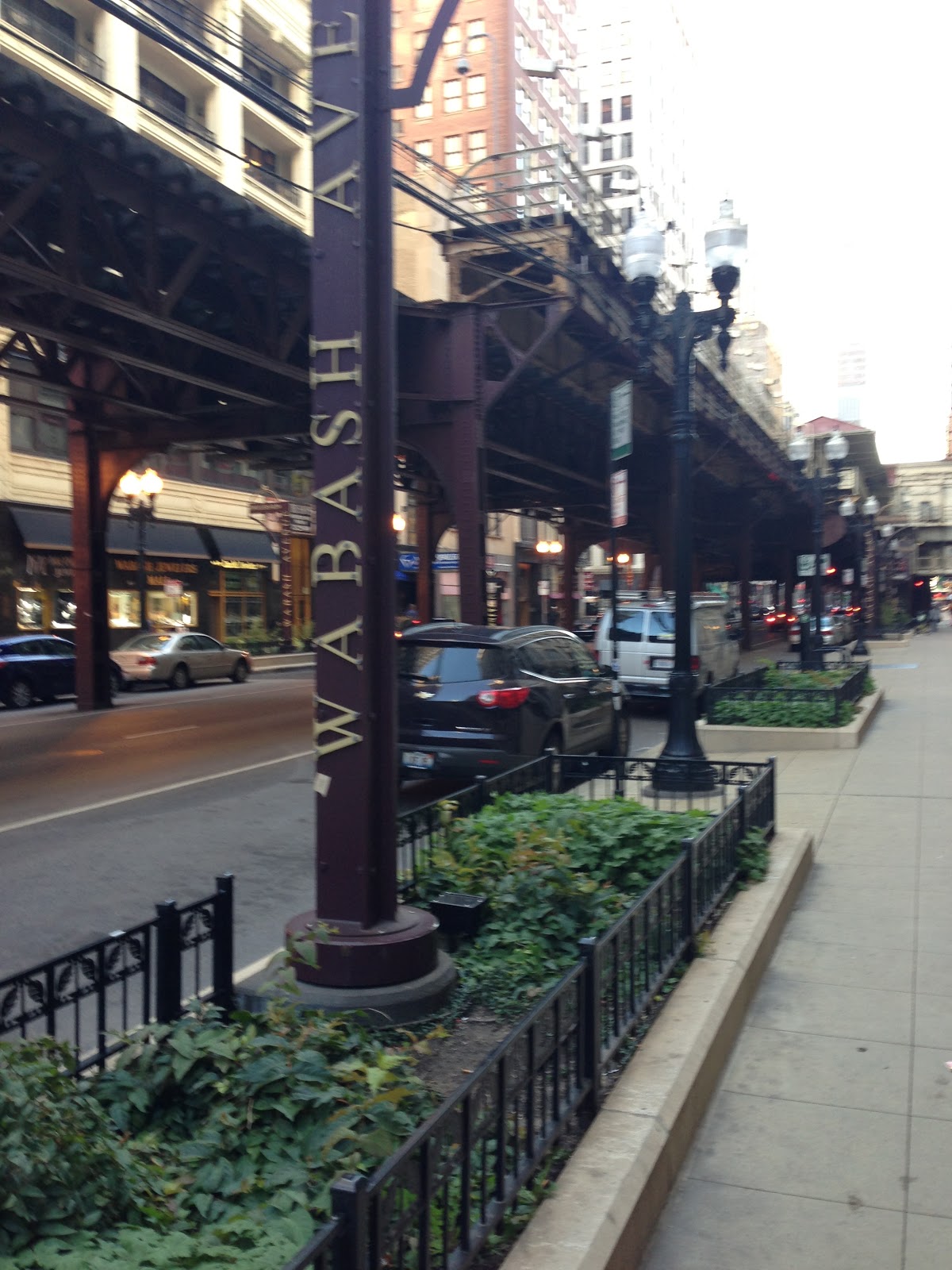Reminder: If you are looking for a comprehensive resource/ post on this topic which gives you complete information, alternatives, and comparisons then go here:
http://www.nettally.com/palmk/Rubber_Stamp_Carving_Tips.html
If you are looking for a "this is what I do/what a reccommend for beginners" then this post is for you.
Part 1 covered assembling your materials
Part 2 will cover designing your image and transferring it to your carving material (this is part 2)
Part 3 will cover carving your design
Part 4 will cover stamping your image
Designing your image:
Things to keep in mind
1. Start small and simple- if you get overly ambitious (small lines, super large, very detailed) for your first stamp then you will get angry like Hulk.
2. Remember- you will be carving the white/pink space, not the dark/pencil space. Therefore, the more dark the less you have to carve.
3. You can edit out items when you trace (use tracing paper).
4. I recommend staying away from words until you get used to carving drawings
Step 1: Draw a picture
Step 2: ... there is no step 2
Transferring your image:
Steps
Step 1: Lay a sheet of tracing paper over your image
Step 2: Trace ONLY the parts of the image you want to keep; note that in the picture above I kept only the owl and not the words. This is where the gritty pencil really comes in handy
Step 3: Cut a piece of carving material to the approximatae size of your image
Step 4: Put your tracing paper image side down (gritty pencil side down) to the carving material
Step 5: Rub the tracing paper with your finger or other object (I use the bottom side of a carving tool)
Step 6: Carefully remove the tracing paper
The image left on the stamp with be the mirror image of your original image (which is good!)
Next up (in hopefully January):
Part 3: Carving your design





















































